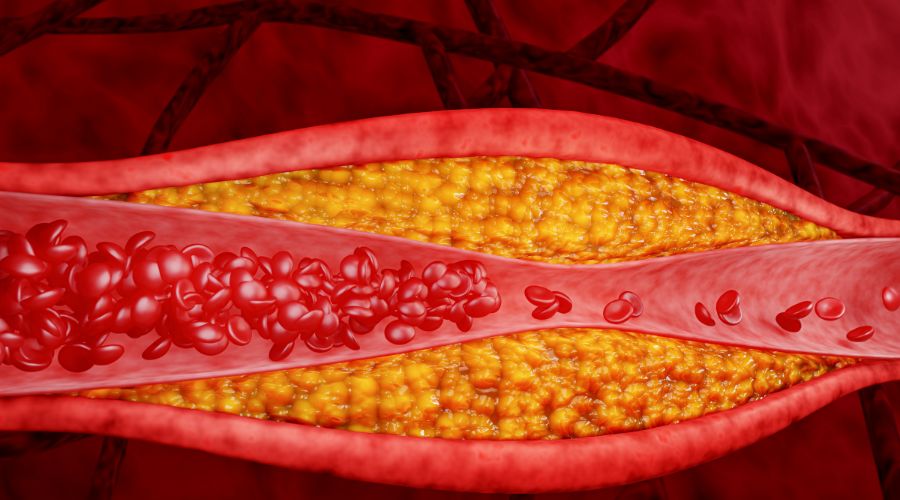Hyperlipidemia / High Cholesterol
Hyperlipidemia, or high cholesterol, is a condition that affects millions of Americans and represents a significant risk factor for future cardiovascular disease. Almost half the US population has elevated cholesterol. It is a disease that affects the western world disproportionately, but countries around the world are starting to see an increase in prevalence as well. Hyperlipidemia can be caused by genetic factors, but most often, the issue is environmental. For example, with the dramatic increase in excess weight and obesity in the United States, more and younger patients are suffering from persistently high cholesterol. In the end, early diagnosis and treatment through lifestyle change and, if unsuccessful, medication can help prevent significant cardiovascular disease later in life.
Many patients are screened for their cholesterol levels at each physical/check-up. Some may have risk factors that require earlier screening. These risk factors can include family history of heart disease, excess weight or poor dietary habits. Cholesterol is measured with a very simple blood test showing 3 basic numbers – high density lipoprotein or HDL (good cholesterol), low density protein or LDL (bad cholesterol) and triglycerides. The total cholesterol number is normal around 150 to 200 mg/dL. As total cholesterol increases above 200, the risk for significant heart disease increases as well.


